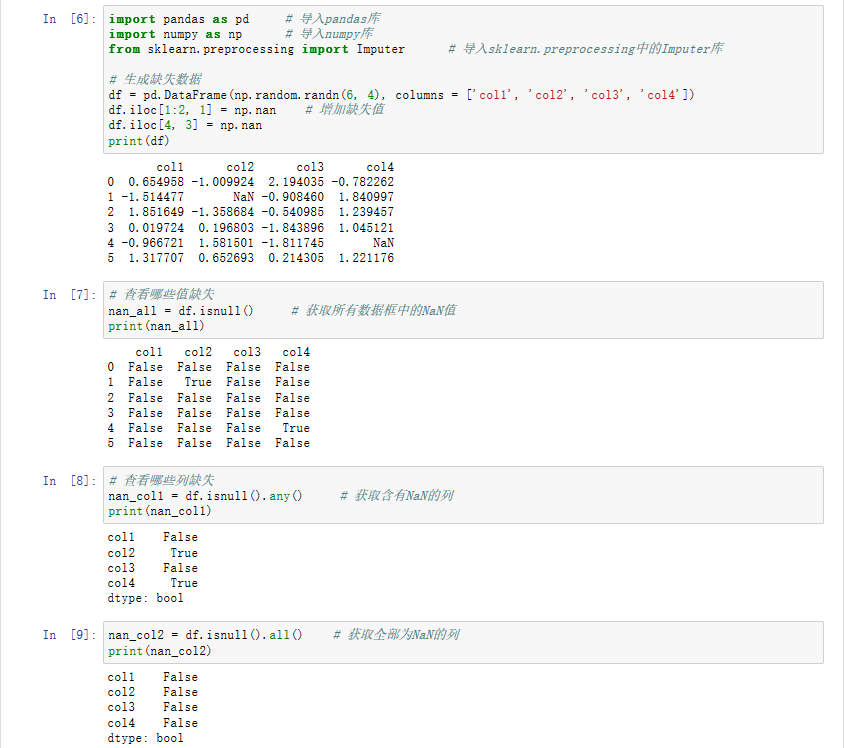We are working to port existing applications to Azure SQL Data Warehouse. In order to better understand the performance/workload management characteristics/capabilities of Azure SQL Data Warehouse, I have set up what I consider a very simple test.
I loaded a static table, our business's calendar, containing about 20k rows (i.e., very small for a parallel data warehouse). I then generated all the possible queries of that single table using a pattern like:
SELECT current_timestamp,COUNT(1) FROM
( SELECT C1, ..., Cn , COUNT(1) AS _A_ROW_COUNT
FROM schema.view_to_table GROUP BY C1, ..., Cn) DER
Givens:
- DWU set to 1000.
- 35 concurrent threads launched.
- All threads running in small_rc. (I.e., using 1 slot per query.)
- Using sqlcmd with initial connection and then committing after every SELECT
- Running on a non-Azure VM with connection via Express route. Chose the outer SELECT COUNT() construct to ensure network traffic is minimal.
- Usage of heap table provided better results than the default columnstore (as expected). (Need to test with clustered index.)
- Table is distributed by the primary key column.
Background/Biases - I have worked with many other MPP databases.
Results
- Queries are running in 10-20 seconds which is much longer than I would expect for such simple work.
- When I submitted each thread, I slept between each new thread. The initial queries ran much faster, and the average run times deteriorated dramatically as the number of threads went up to 35.
How do I understand what bottleneck exists?
Of course I will re-run the tests at other DWU settings to see if it effects an exclusively small_rc workload.
Appendix - Example Query Plan
<?xml version="1.0" encoding="utf-8"?>
<dsql_query number_nodes="10" number_distributions="60" number_distributions_per_node="6">
<sql>SELECT current_timestamp,COUNT(1) FROM ( SELECT GREGORIAN_DATE, WM_MONTH, MON_MULT, FRI_MULT , COUNT(1) AS _A_ROW_COUNT FROM AR_WM_VM.CALENDAR_DAY GROUP BY GREGORIAN_DATE, WM_MONTH, MON_MULT, FRI_MULT) DER</sql>
<dsql_operations total_cost="0.260568" total_number_operations="8">
<dsql_operation operation_type="RND_ID">
<identifier>TEMP_ID_21523</identifier>
</dsql_operation>
<dsql_operation operation_type="ON">
<location permanent="false" distribution="AllDistributions" />
<sql_operations>
<sql_operation type="statement">CREATE TABLE [tempdb].[dbo].[TEMP_ID_21523] ([col] DATE ) WITH(DATA_COMPRESSION=PAGE);</sql_operation>
</sql_operations>
</dsql_operation>
<dsql_operation operation_type="SHUFFLE_MOVE">
<operation_cost cost="0.258648" accumulative_cost="0.258648" average_rowsize="3" output_rows="2155.4" GroupNumber="76" />
<source_statement>SELECT [T1_1].[col] AS [col]
FROM (SELECT dateadd(dd, CAST ((364) AS INT), [T2_1].[calendar_date]) AS [col]
FROM [db_ARdev1].[AR_CORE_DIM_TABLES].[calendar_dim] AS T2_1) AS T1_1</source_statement>
<destination_table>[TEMP_ID_21523]</destination_table>
<shuffle_columns>col;</shuffle_columns>
</dsql_operation>
<dsql_operation operation_type="ON">
<location permanent="false" distribution="Control" />
<sql_operations>
<sql_operation type="statement">CREATE TABLE [tempdb].[QTables].[QTable_3ff26b5253004eec9d9ca50492bab1e2] ([col] BIGINT ) WITH(DATA_COMPRESSION=PAGE);</sql_operation>
</sql_operations>
</dsql_operation>
<dsql_operation operation_type="PARTITION_MOVE">
<operation_cost cost="0.00192" accumulative_cost="0.260568" average_rowsize="8" output_rows="1" GroupNumber="93" />
<location distribution="AllDistributions" />
<source_statement>SELECT [T1_1].[col] AS [col]
FROM (SELECT COUNT_BIG(CAST ((1) AS INT)) AS [col]
FROM (SELECT 0 AS [col]
FROM [tempdb].[dbo].[TEMP_ID_21523] AS T3_1
INNER JOIN
(SELECT CASE
WHEN ([T4_1].[wm_week_day_nbr] = CAST ((3) AS SMALLINT)) THEN CAST ((1) AS INT)
ELSE CAST ((0) AS INT)
END AS [col],
CASE
WHEN ([T4_1].[wm_week_day_nbr] = CAST ((7) AS SMALLINT)) THEN CAST ((1) AS INT)
ELSE CAST ((0) AS INT)
END AS [col1],
[T4_1].[calendar_date] AS [calendar_date],
[T4_1].[fiscal_month_nbr] AS [fiscal_month_nbr]
FROM [db_ARdev1].[AR_CORE_DIM_TABLES].[calendar_dim] AS T4_1) AS T3_2
ON ([T3_2].[calendar_date] = [T3_1].[col])
GROUP BY [T3_2].[calendar_date], [T3_2].[fiscal_month_nbr], [T3_2].[col], [T3_2].[col1]) AS T2_1
GROUP BY [T2_1].[col]) AS T1_1</source_statement>
<destination>Control</destination>
<destination_table>[QTable_3ff26b5253004eec9d9ca50492bab1e2]</destination_table>
</dsql_operation>
<dsql_operation operation_type="ON">
<location permanent="false" distribution="AllDistributions" />
<sql_operations>
<sql_operation type="statement">DROP TABLE [tempdb].[dbo].[TEMP_ID_21523]</sql_operation>
</sql_operations>
</dsql_operation>
<dsql_operation operation_type="RETURN">
<location distribution="Control" />
<select>SELECT [T1_1].[col1] AS [col],
[T1_1].[col] AS [col1]
FROM (SELECT CONVERT (INT, [T2_1].[col], 0) AS [col],
isnull(CONVERT (DATETIME, N'2016-10-03 13:04:34.203', 0), CONVERT (DATETIME, N'2016-10-03 13:04:34.203', 0)) AS [col1]
FROM (SELECT ISNULL([T3_1].[col], CONVERT (BIGINT, 0, 0)) AS [col]
FROM (SELECT SUM([T4_1].[col]) AS [col]
FROM [tempdb].[QTables].[QTable_3ff26b5253004eec9d9ca50492bab1e2] AS T4_1) AS T3_1) AS T2_1) AS T1_1</select>
</dsql_operation>
<dsql_operation operation_type="ON">
<location permanent="false" distribution="Control" />
<sql_operations>
<sql_operation type="statement">DROP TABLE [tempdb].[QTables].[QTable_3ff26b5253004eec9d9ca50492bab1e2]</sql_operation>
</sql_operations>
</dsql_operation>
</dsql_operations>
</dsql_query>



![Prime Path[POJ3126] [SPFA/BFS] Prime Path[POJ3126] [SPFA/BFS]](https://oscimg.oschina.net/oscnet/e1200f32e838bf1d387d671dc8e6894c37d.jpg)
